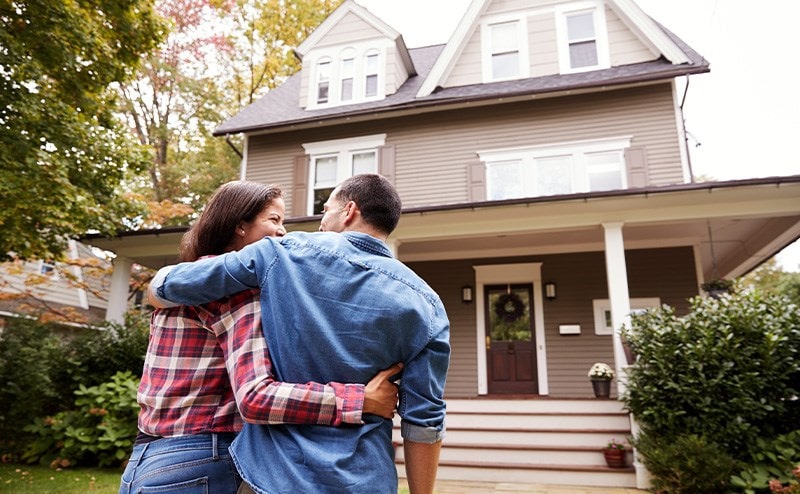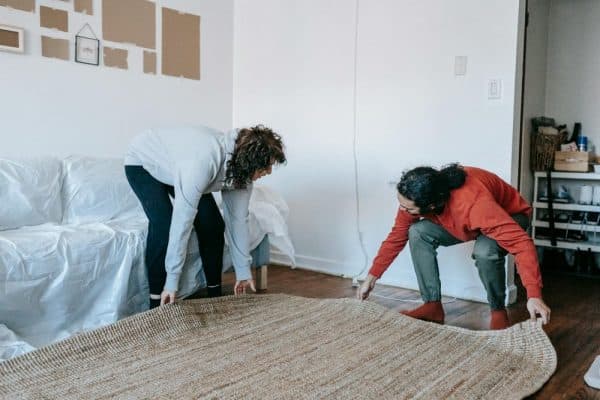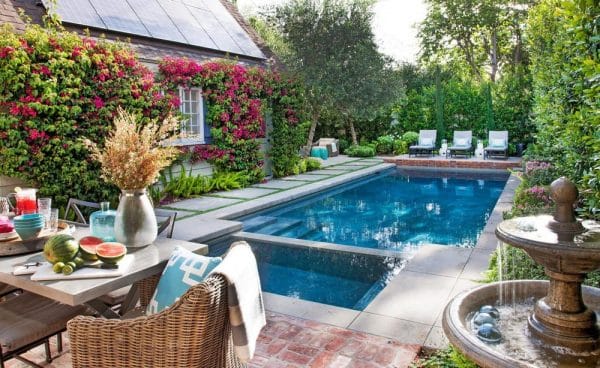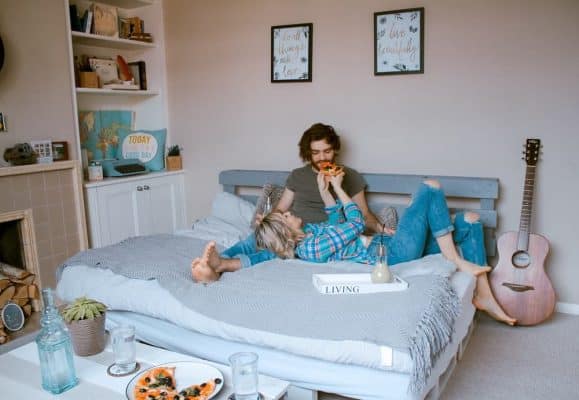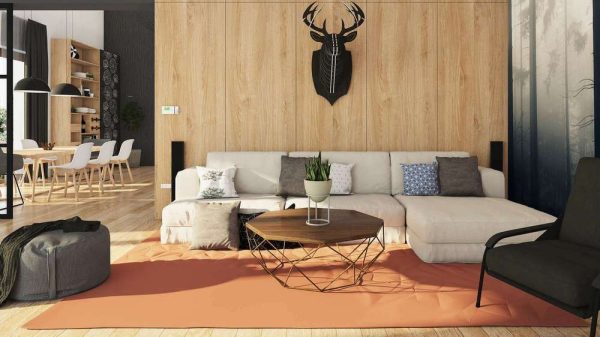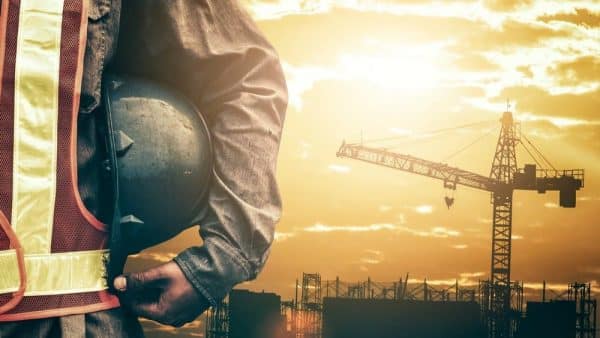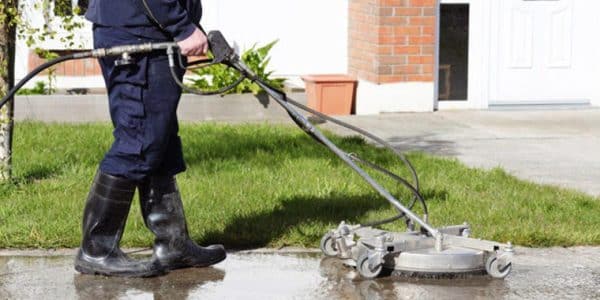The home is where you can expect to spend most of your free time. It might seem strange then that homes are the one type of building where safety infrastructure is, in fact, the least visible. Safety at home is important, but nobody wants to be surrounded in their private residence by things like defibrillator signs, safety barriers, fire extinguishers, fire sprinkler systems, and fire exit signage. The home is comfortable, and its overall design is largely down to the private resident. Certainly, there are no legal requirements for resident safety; a homeowner is not responsible for anyone else outside of the immediate family.
However, this brings us to something of an odd paradox. Yes, it’s ridiculous to imagine a home kitted out with safety infrastructure in the same manner as a public building or a workplace but, considering that the home is indeed where you can expect to spend most of your time, the safety risks in the home are naturally amplified (simply because of how much time you spend there). Accordingly, safety in the home is important, and there are in fact now legal safety requirements for homes – it’s just they apply at the design stage. That then begs an important question – how do you design a residential property for maximum safety?
Who Needs Safety?
Before getting on to that, it is worth setting out just how important home safety is. If you are a private resident with a family living in your home, then you might be willing to accept that a safety-optimised design is not the most important thing; you might instead simply accept that safety is your responsibility, and you can then make provisions for safety about your home. Nevertheless, safety becomes even more important for certain types of residents. For example, an elderly person – especially one living alone – needs to have a stringent safety infrastructure in place. The risks are just too great otherwise.
The good thing though is that when you are viewing a property ahead of a purchase – especially a new property – there are several things you can check in order to tell whether it has been designed with safety in mind or not. A private residence will never have all the visible safety infrastructure of a public building, but it can certainly have great deal less immediately visible safety elements built in at the point of construction. If safety is a priority for you, there is a way checking just how safely a home has been built.
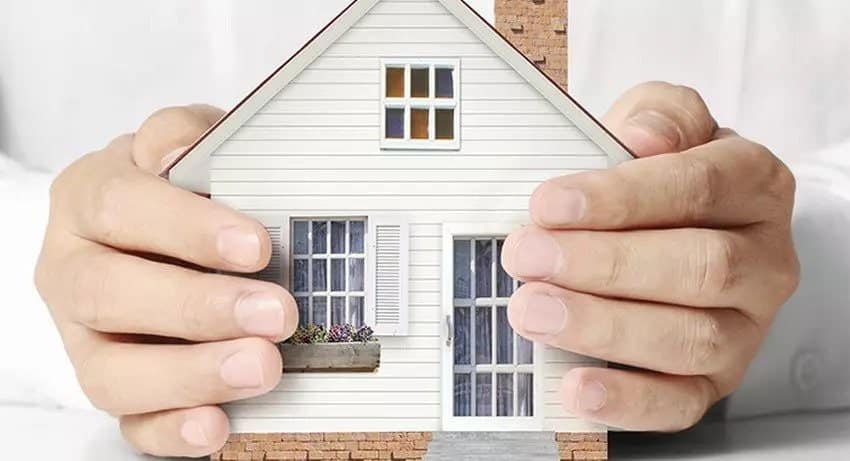
Designing for Safety
Indeed, homes can be designed for safety, and it is always relatively straightforward to tell whether any property has or not. Older properties, it is true, might be missing many of the safety features which are now a legal requirement at the construction stage, but even here it is possible to tell whether this has been accounted for and safety infrastructure has been put in place.
Nonetheless, precisely because the safety infrastructure in a residential home is typically less immediately visible, you need to know what to look out for. Unfortunately, those that cut corners in the building trade are not nearly as uncommon as they should be, and it is new homes that normally suffer on account of this. In fact, you could even say that older properties, precisely because they have lasted so long, are less at risk from safety neglect. If you are visiting a new build, you should certainly know what to look out for to ensure that the home meets safety requirements. This becomes ever more important when elderly people or children are soon to be living there.
How to Check if a Home Has Been Designed for Safety?
So, how can you check that a home has been built with safety a firm priority? Here follows a list of design features which are known to improve the safety of new homes. When you are viewing a property, be sure to check that most, if not all of these, are present in the structure of your potential new home.
Limited Number of Stairs
Of course, there is no one magic number for the maximum number of stairs a home can have; it all depends on the size of the property. However, homes can have more stairs than they actually need, and this is something of a safety hazard. Granted, it is not the most important thing for young and healthy adults but, for those more vulnerable, excessive stairs present a danger that could be lessened by sticking to the proper number.
For vulnerable residents then, try to avoid fancy zig-zagging or winding staircases, and stick to a traditional straight flight of stairs. You should also ensure there is sturdy banister and no slippery surfaces around the danger areas.
Non-Slippery Flooring
And while we are on the topic of slippery surfaces, the flooring in a new home should not present excessive slipping hazards where it doesn’t need to. Of course, there cannot be carpets everywhere in the home (especially not in the kitchen), but the flooring materials selected should reflect a concern for safety. Carpets are naturally wise in hallways and on the stairs (so long as they are secure and feature no raised areas which could present a tripping hazard). Linoleum and vinyl are also great no-slip surfaces. Most essentially, you should be on the lookout for things like smooth hardwood right at the top of a flight of stairs or a loose carpet anywhere in the home. These are the hazards.
Carefully Selected Furniture
What you fill a home with is also part of its design and, luckily, any safety hazards in the choice of furniture is one of the things that you can most easily do something about. Again, you should think of children or elderly residents and ensure that there are no hazards like jutting out sharp edges or things which could easily fall. Beyond that, it is all about where the furniture is placed and what sorts of hazards the furniture could present. Safety hazards in this department could take many forms, so it is wise to use your intuition and correct any furniture arrangement that presents danger of injury.
Bright Lighting
One of the sure ways to have an accident is if the residents of a property are constantly shuffling around in the half light. Most new homes are indeed built with the value of big windows and natural light in mind, but you should nevertheless ensure that the home will be brightly lit. It is important to remember to consider the night-time too, as its most likely you will be viewing a property during the day. Wherever natural light is insufficient, there should be adequate provision of artificial light. Again, use your common sense and intuition.
Last Word
There are several other metrics of home safety you can apply when viewing a property for the first time. You can check that the kitchen is not too packed or cluttered, that the house is as fireproof as it can be and, of course, that the home has a security infrastructure to both protect against and deter burglars. Thankfully, most modern homes are very much designed for safety – but not all of them. Accordingly, a bit of circumspection on your part will go a long way.
